Ainu stringed instrument “Tonkori” and wood engraver Shigehiro Takano (Hokkaido, Japan)
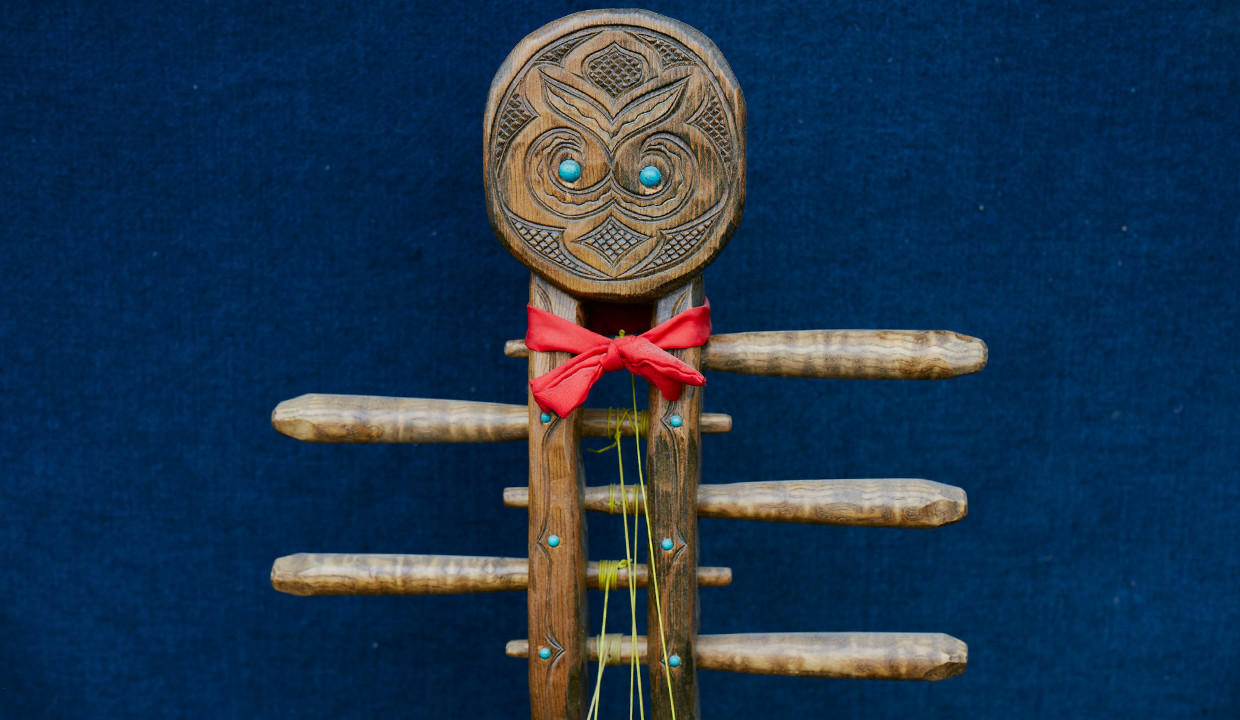
Reviving the almost forgotten “sounds of the spirits of ancestors”.
“Tuŋkuř”, “dongri”, “tangara”, “tokari”… With various names given to it throughout ancient history and generally referred to as the “tonkori” in modern times, this instrument is the only Ainu stringed instrument (this type of instrument was also commonly referred to as “ka” (“string”) in Hokkaido) that has been passed down for generations in parts of southern Sakhalin and towns such as Souya, Monbetsu, and Shari in northern Hokkaido.

A tonkori made by wood sculptor Shigeru Takano.
The boat-shaped body, made by carving out a log and attaching a thin sound soundboard, it generally has five strings and is played with your fingers. The strings are all played “open” so its playing style is more similar to a harp than to a guitar.
In ancient times, Japanese red pine was used to make the body, while vegetable fibers of nettle plants and twisted tendons of native Hokkaido deer were used to make the strings.
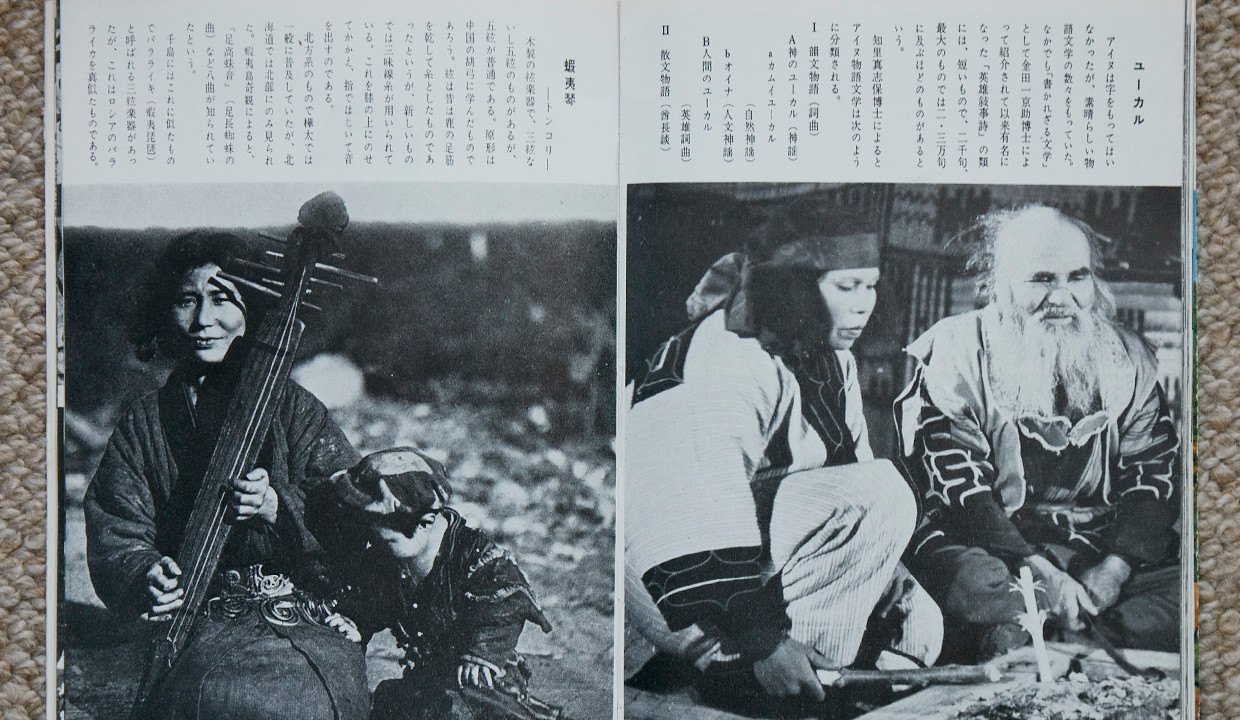
From “Ainu Life” by Hiromichi Kohno / All of the tonkori performers that appear in this painting, “Ainu Picture” drawn by a painter during the Edo period are men, but after the Ainu assimilation policies put in place by the government during the Meiji period, that role shifted more towards the women.
The roots of tonkori can be traced back to the Eurasian continent where it spread from, but its actual history has not been confirmed to date. When reading historic literature containing references to tonkori in ancient Japan, there are mentions of Shibue Chohaku, a Shogunate medical officer during the latter part of the Edo period attending a show where the tonkori was played in 1799 during his search for Ezo, the area known today as Hokkaido. He depicted the shape of the tonkori and individual steps on how to play the instrument in his personal manuscript, titled “Ezo-jin Dankin-zu”.
Inside “Ezo Manga”, a book that depicted the Ainu lifestyle in drawings written by Takeshiro Matsuura, an explorer during late Edo period (also the originator of the name “Hokkaido”) who made six expeditions to the Ezo region during his lifetime, there is an image of an Ainu man playing the tonkori. It is also recorded that Takeshiro presented the Lord of Mito with his precious tonkori that he obtained during his time in Sakhalin.
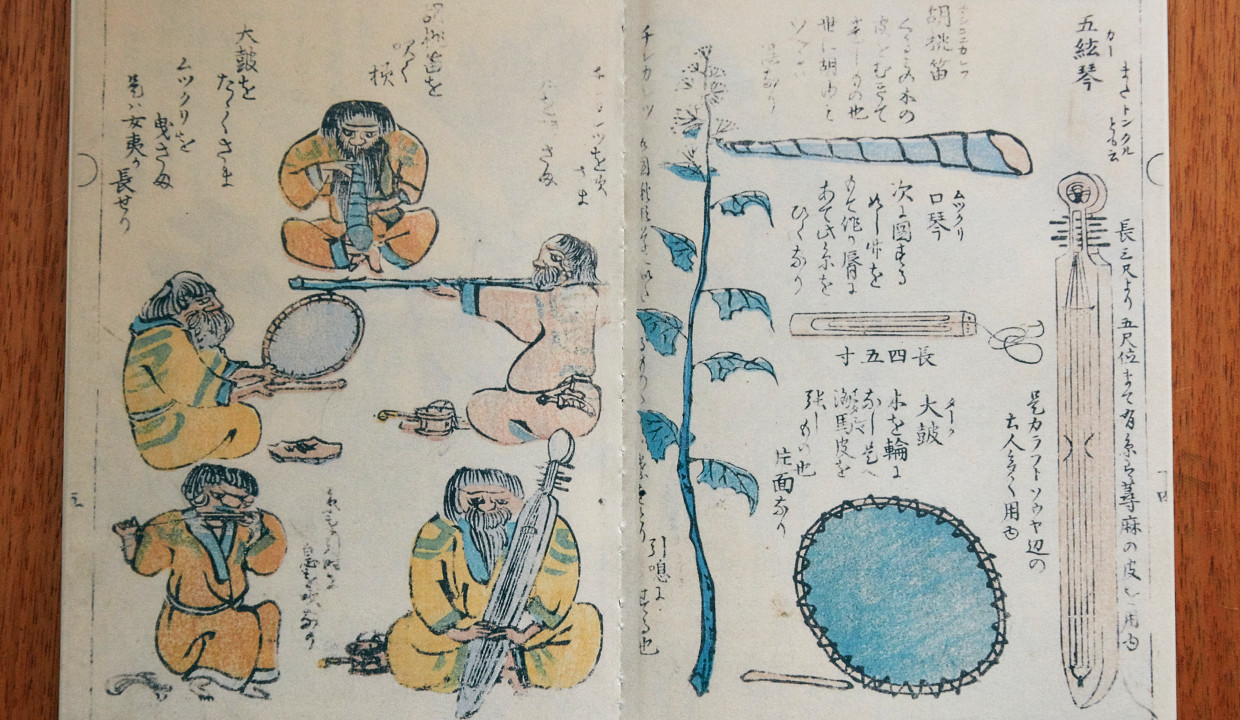
From “Ezo Manga” by Takeshiro Matsuura
The Ainu people played the tonkori during celebratory occasions in their everyday life, and also believed that the tone produced by the instrument possessed magical powers. The tonkori’s shape is traditionally said to resemble a woman’s body, and the rest of the instrument is given corresponding body part names such as “head”, “neck”, “shoulders”, “torso”, and “feet”. In the middle of the torso there is a hole called the “peso” or “hankapuy”, and a pebble is placed within the body cavity of the instrument, granting it a “soul” (ramatohu). Leaving a tonkori unattended was said to have evoked evil spirits, and it was also used for ritualistic purposes such as when there was a plague, where shamans would play the instrument over several days to protect the people from evil. Tonkoris were also used during festivals and other rituals for music and dancing.
The existence of the tonkori, which had been part of Ainu culture for many generations, gradually began to fade away during the modernization of lifestyles after the Meiji Restoration. During the Showa period, along with the passing of elder musicians, ancient tonkoris were stored as part of a collection in museums and neglected in modern history. A handful of people, such as Sakhalin-born Ume Nishihira, who was a major contributor to the preservation of Ainu culture, continued to play the tonkori until her death in 1977. In succession, fellow traditional Japanese musician Tomoko Tomita, became the last remaining performer to have received official lessons from an authentic Sakhalin Ainu tribesman.

Like shamisens, the strings are made with silk threads. The braided part is covered with a piece of triangle-shape hide (seal hide or fish skin).
However, during the 1990s when the tradition was in fear of facing extinction, the number of people who studied the art of tonkori during Ainu culture restoration efforts slowly began increasing. Musician OKI, leader of the band, “OKI DUB AINU BAND”, even created an original style of music by combining elements of traditional Ainu sounds with modern genres such as dubstep and rock n’ roll. The tonkori became widespread in mainstream media thanks to their music, and the population of tonkori players is slowly but surely increasing in recent years.
Shigehiro Takano, wood engraver and owner of “Takano Mingei” at Nibutani in the town of Biratori, Saru District in Hokkaido, is the last remaining person left in the region who possesses the skills to craft a tonkori. Born and raised in Tokyo, Takano first arrived in Nibutani during a summer hitchhiking trip at the age of 22. He became attracted to traditional Ainu wood sculpturing after working part-time under master craftsman Moriyuki Kaisawa and became his official apprentice. Kaisawa passed away several years later, and Takano set up his own business in 1979. For over 35 years, he and his wife Keiko have continued to create traditional Japanese instruments.
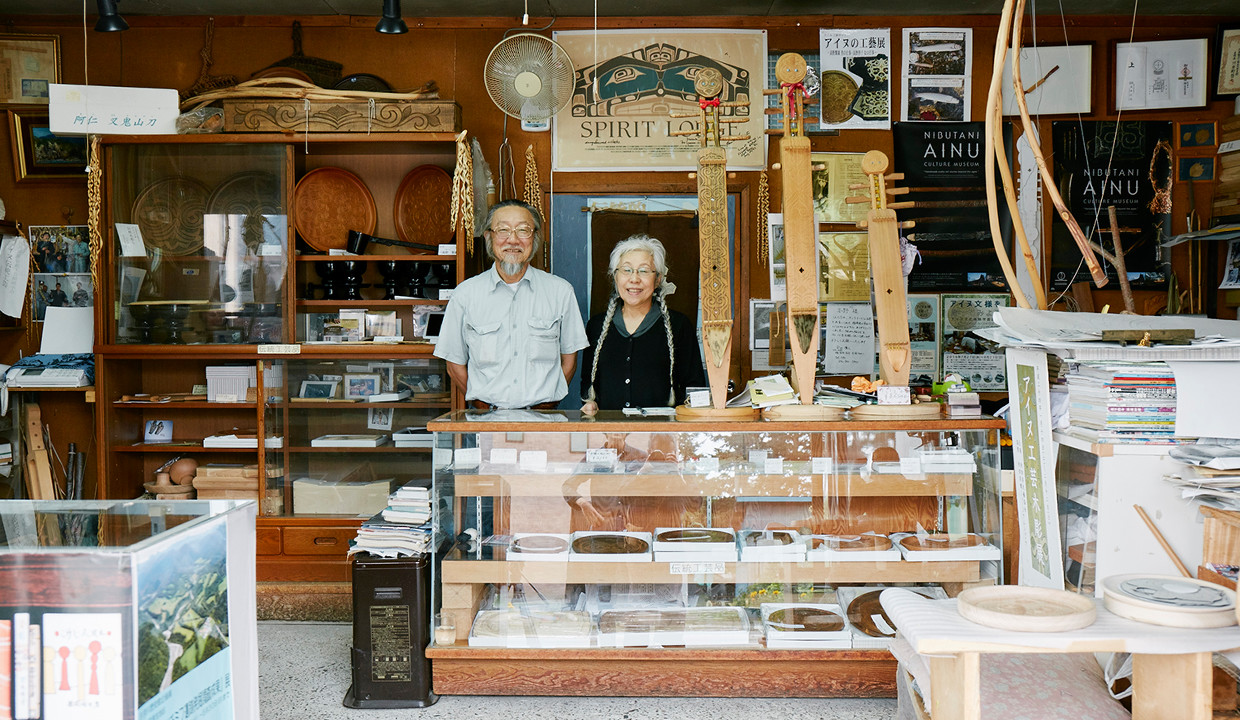
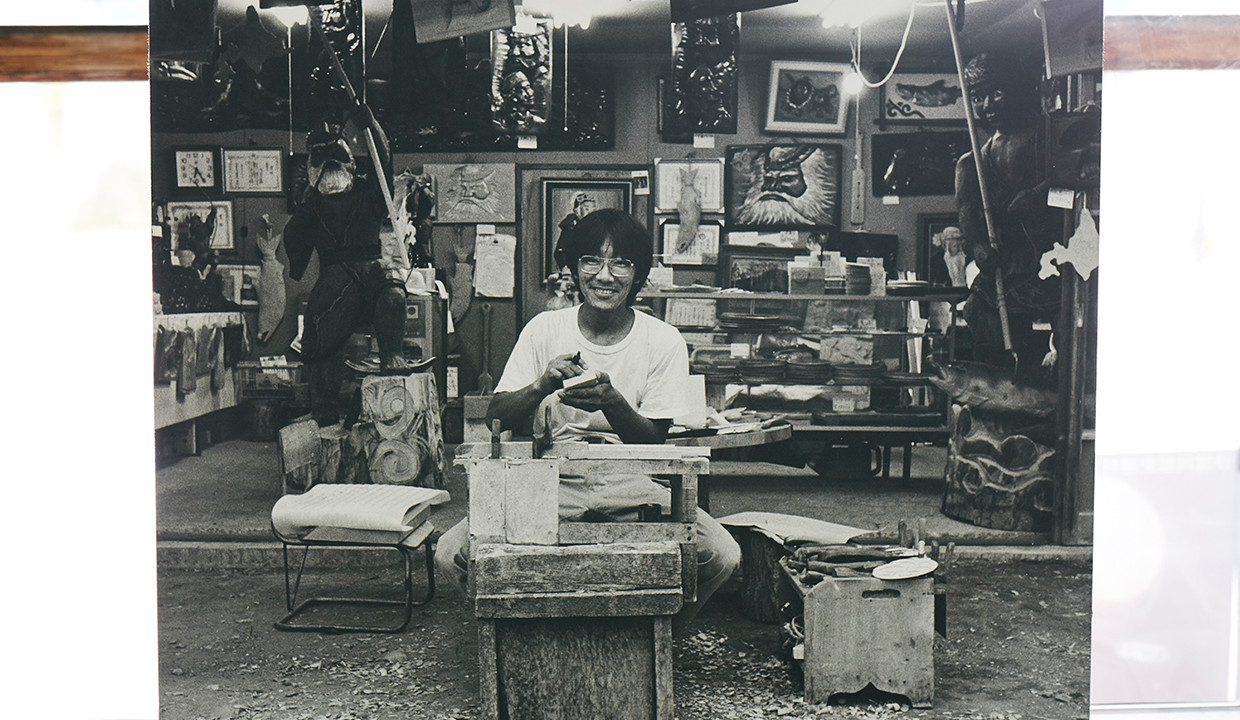
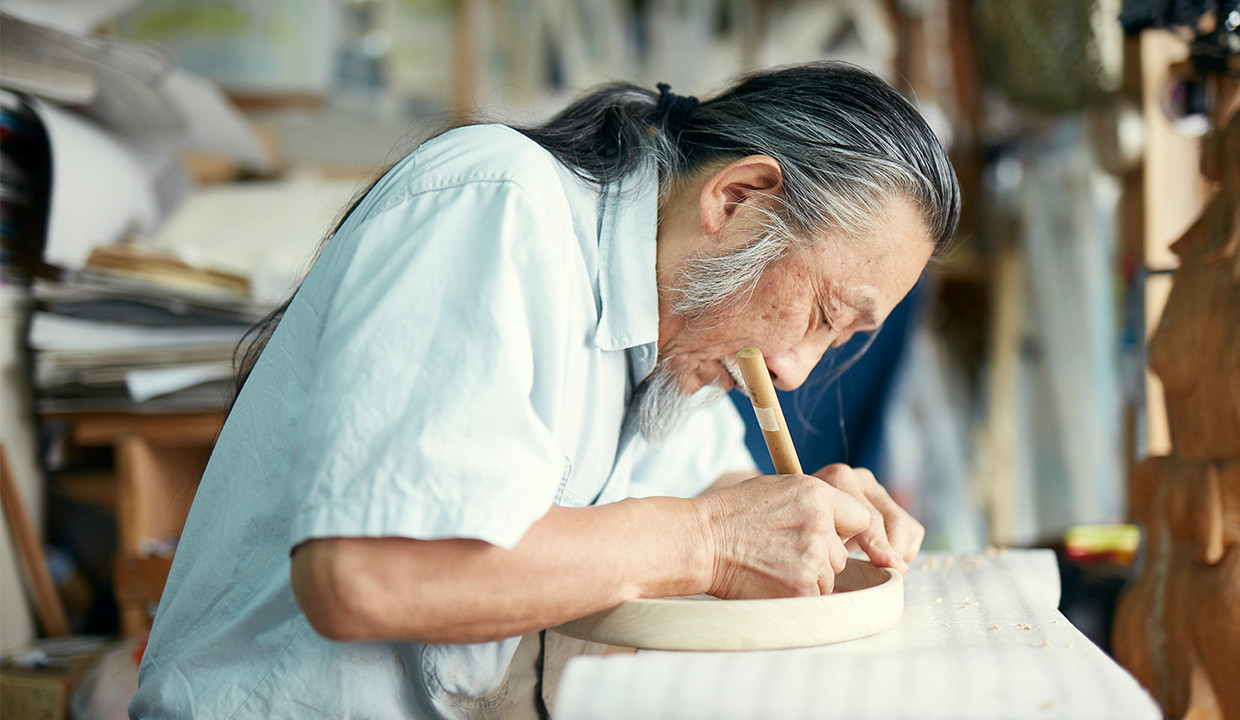
Unique patterns are depicted on all everyday Ainu tools such as ita (trays), nima (bowls), makiri (knives), and iku-pasuy (ceremonial sticks). Engravers combine a series of Ainu patterns such as “Moreu”, “Aiushi”, and “Sik” to create their own unique designs.


During a time when only mass-produced wooden engraved bear models were popular among tourists as souvenirs and everyday crafts originally used by the Ainu people were no longer being produced, Takano created a policy of specializing in traditional folk art.
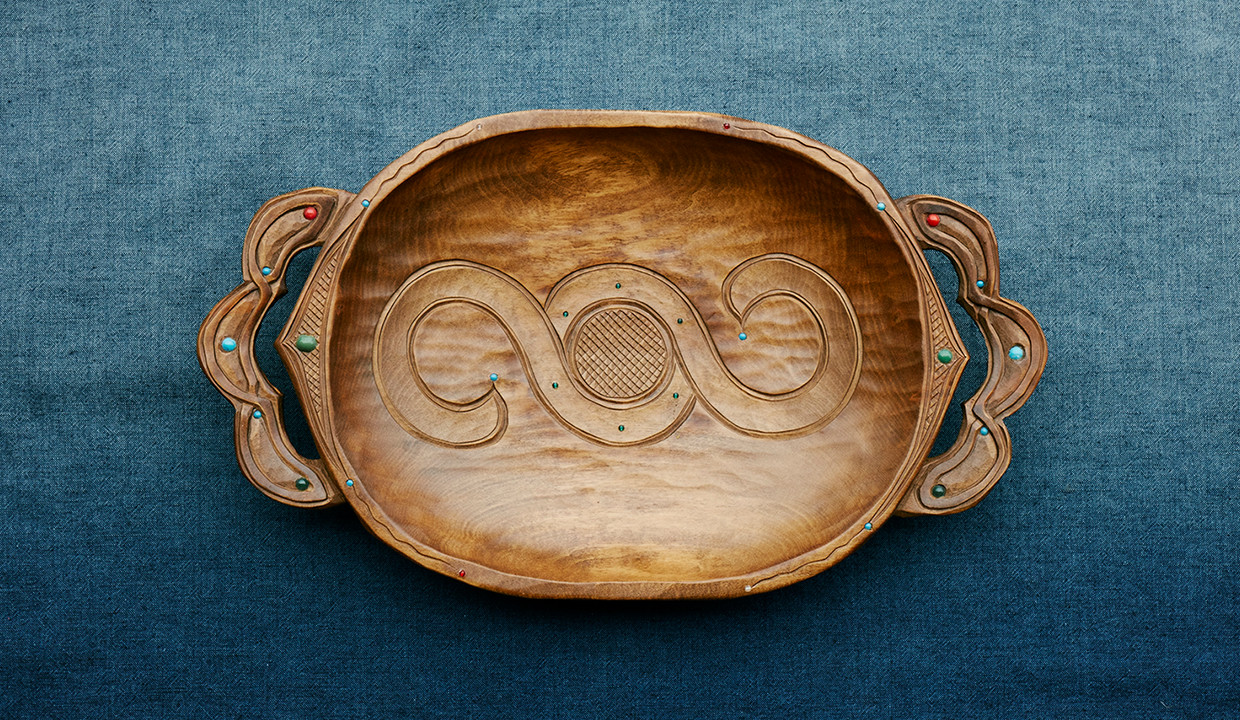
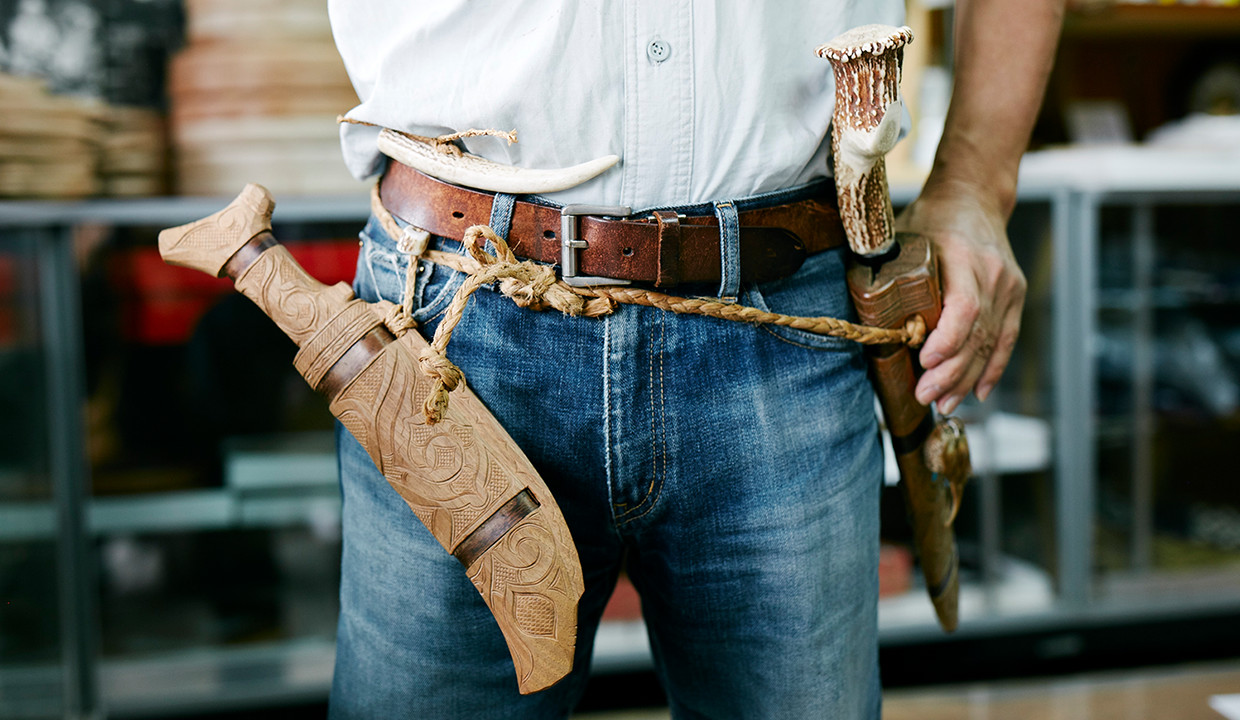
The “Nibutani Ita”, a flat and rounded half-moon shaped tray that has been passed down for over a hundred years in the Sarugawa River basin region, is one of the most popular items. The trays feature detailed fish-scale design carvings, called “Ramuramunoka”, which require an extremely high level of concentration and advanced techniques to create.
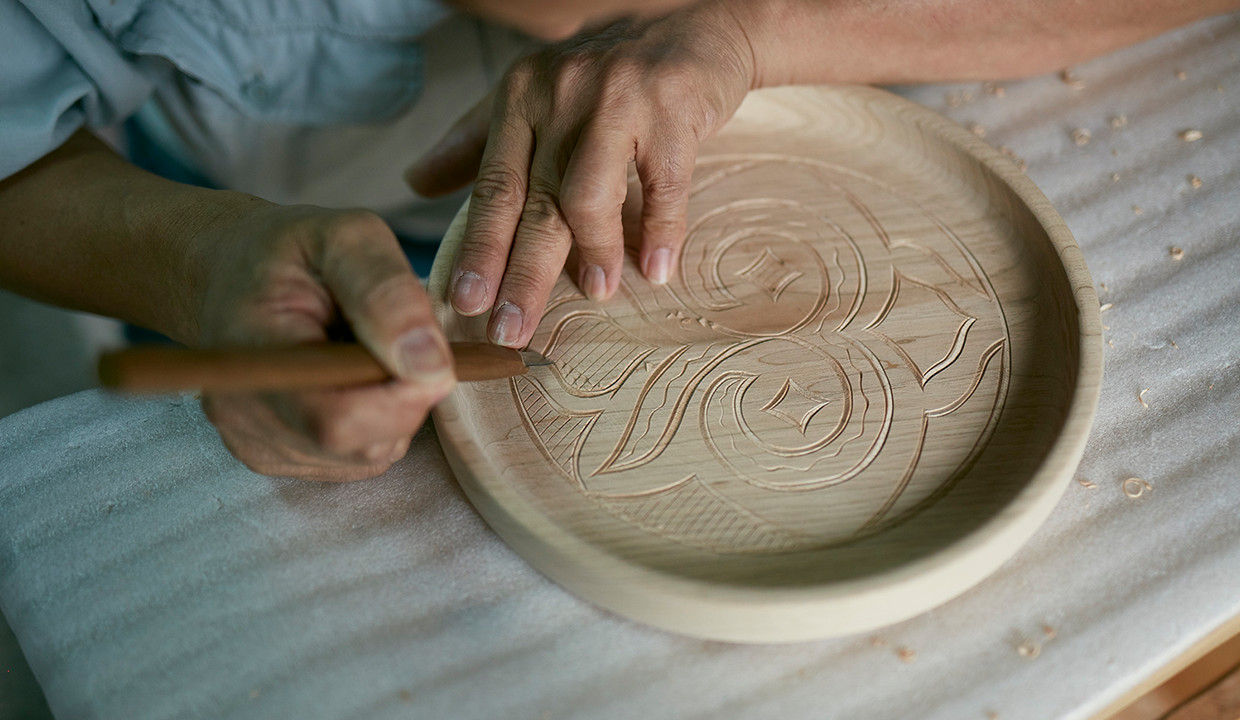

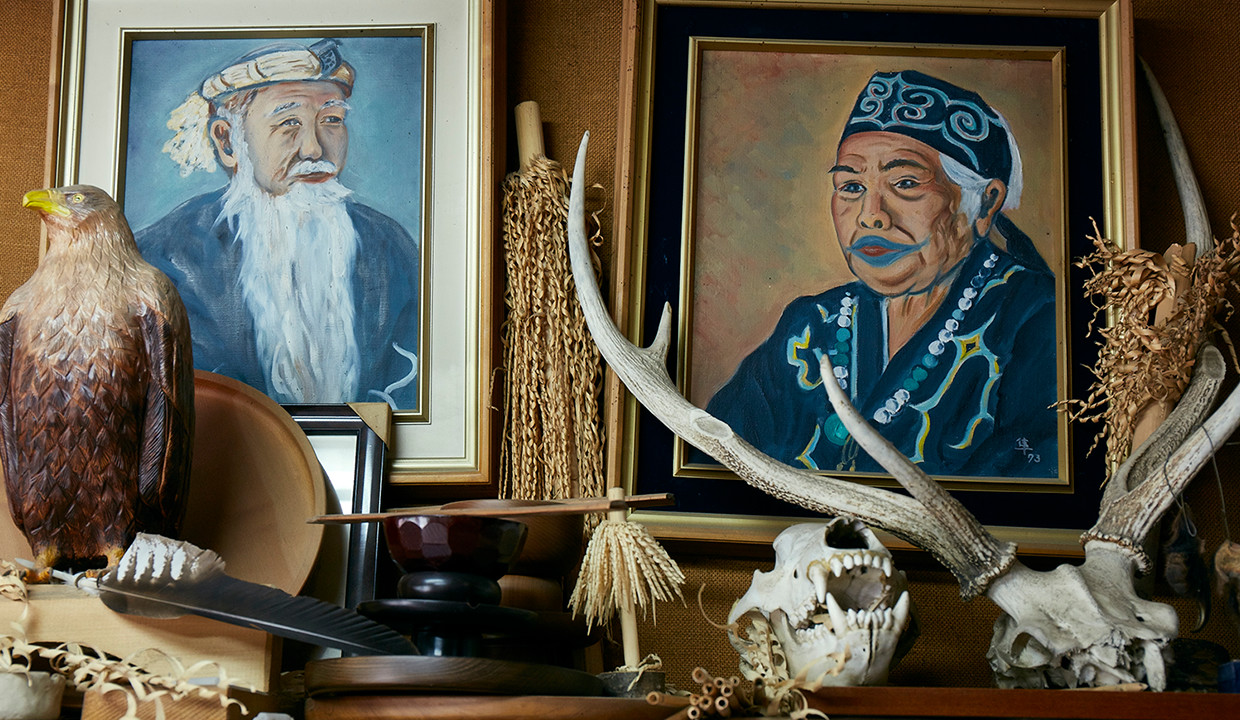
The tonkoris made by Takano, which he says, “I insert a soul into each individual carving”, and the manufacturing process involves placing a glass bead through the “belly button” (hole) to represent giving the instrument a soul. The soft spiritual sounds made by the tonkori have the ability to ease the mind and soul. The spiritual background behind the tonkori help draw a picture of the lifestyles of the traditional Ainu people.
TAKANO MINGEI SHOP
78 NIBUTANI, BIRATORI-CHOU, SARU-GUN, HOKKAIDO 055-0101
01457 2 3397
Opening Hours: 9:00-17:00
Closed: No scheduled

Ainu-related facilities in the Nibutani region
Shigeru Kayano Nibutani Ainu Culture Museum
The “Nibutani Ainu Culture Museum” was established in 1972 (Showa 47) by the museum’s first director Shigeru Kayano, a leading figure in the Ainu ethnic movement in Japan. The museum acted as a place to store and display traditional Ainu crafts that were collected by him over a span of 50 years.
All documents and crafts were transferred to the “Biratori Nibutani Ainu Culture Museum” when it was opened in 1991. The following year, the museum reopened with a new collection of Shigeru Kayano’s traditional Ainu crafts. The museum currently holds over 4,000 items and documents relating to Ainu culture.
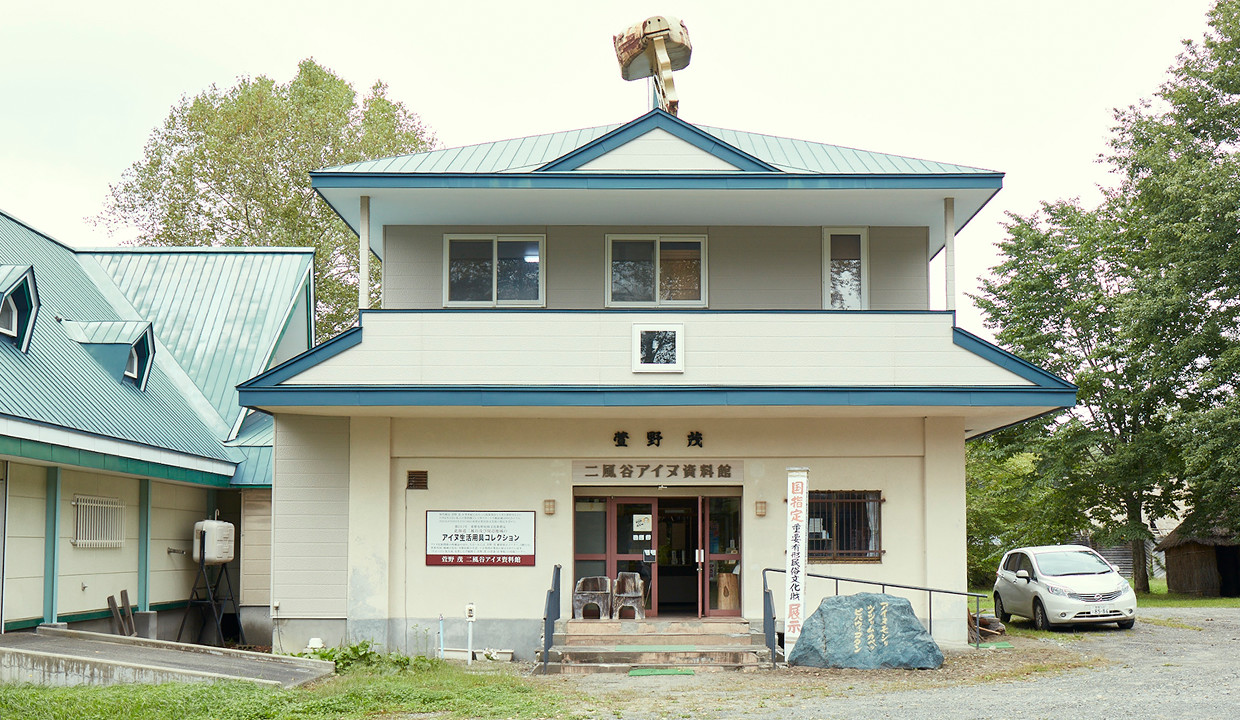
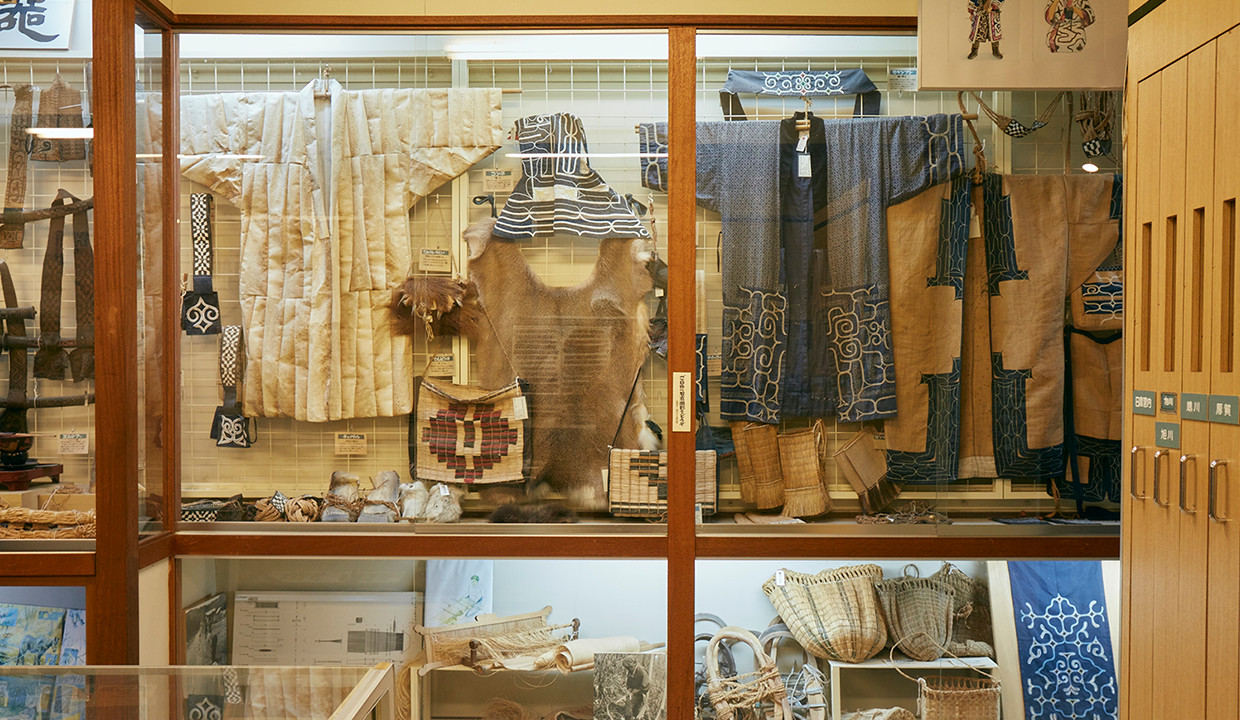


79-4 NIBUTANI, BIRATORI-CHOU, SARU-GUN, HOKKAIDO 055-0101
01457 2 3215
Museum Hours: 9:00-17:00
Biratori-cho Nibutani Ainu Culture Museum
Created based on the concept of, “properly inheriting valuable Ainu culture and passing it down to the future”, the museum opened its doors to the public in 1991.
The “Yukar” Ainu sagas, which have bee passed down orally over many generations due to the fact that the Ainu never had a writing system, can be listened to at the video stage, as well as a wide range of other audio-visual materials.
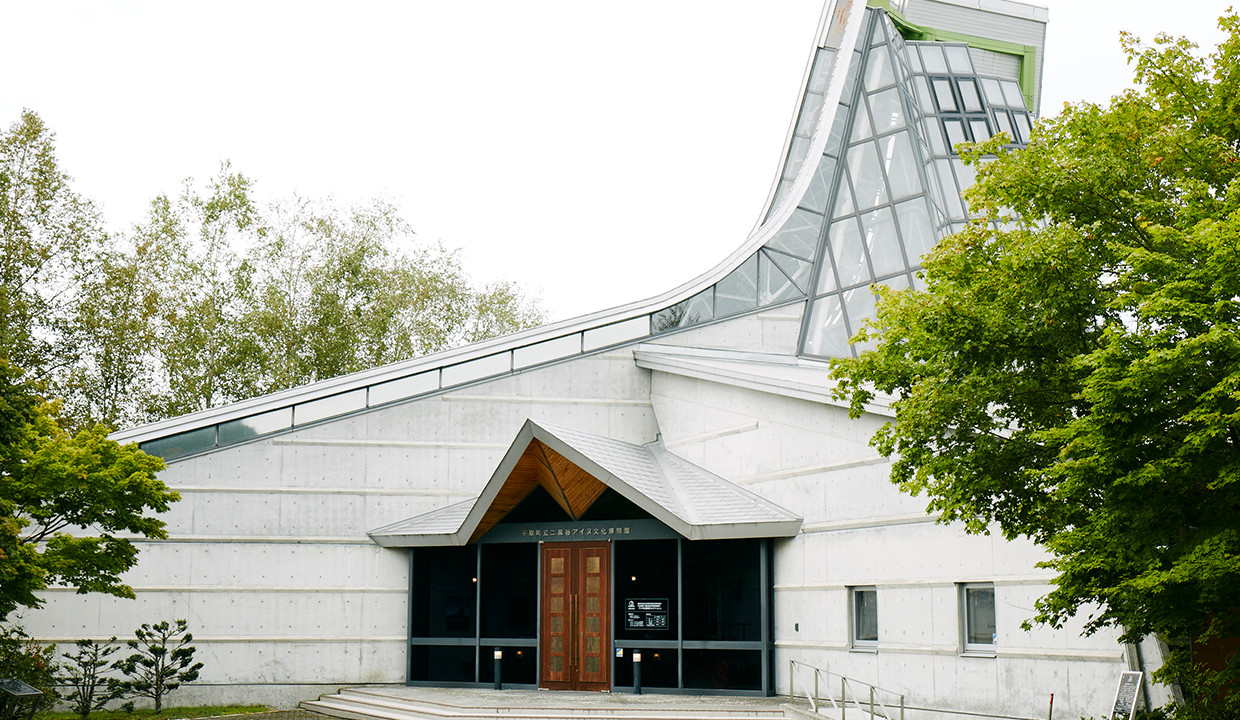
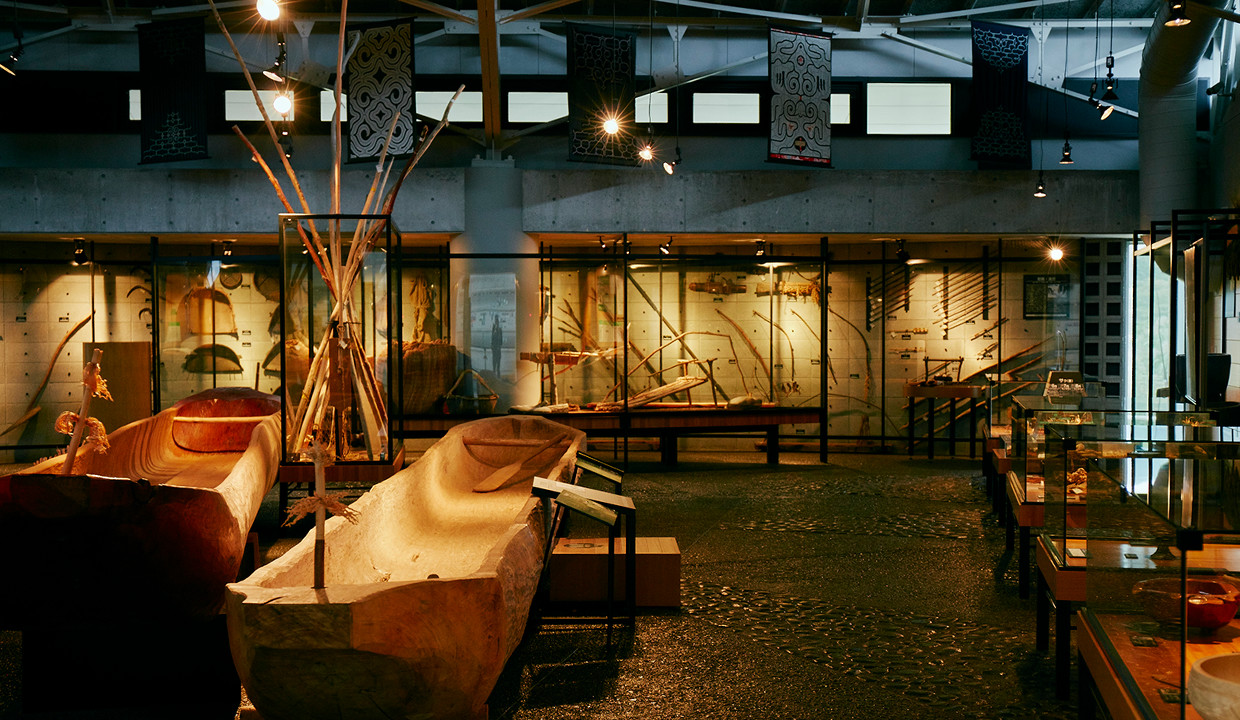

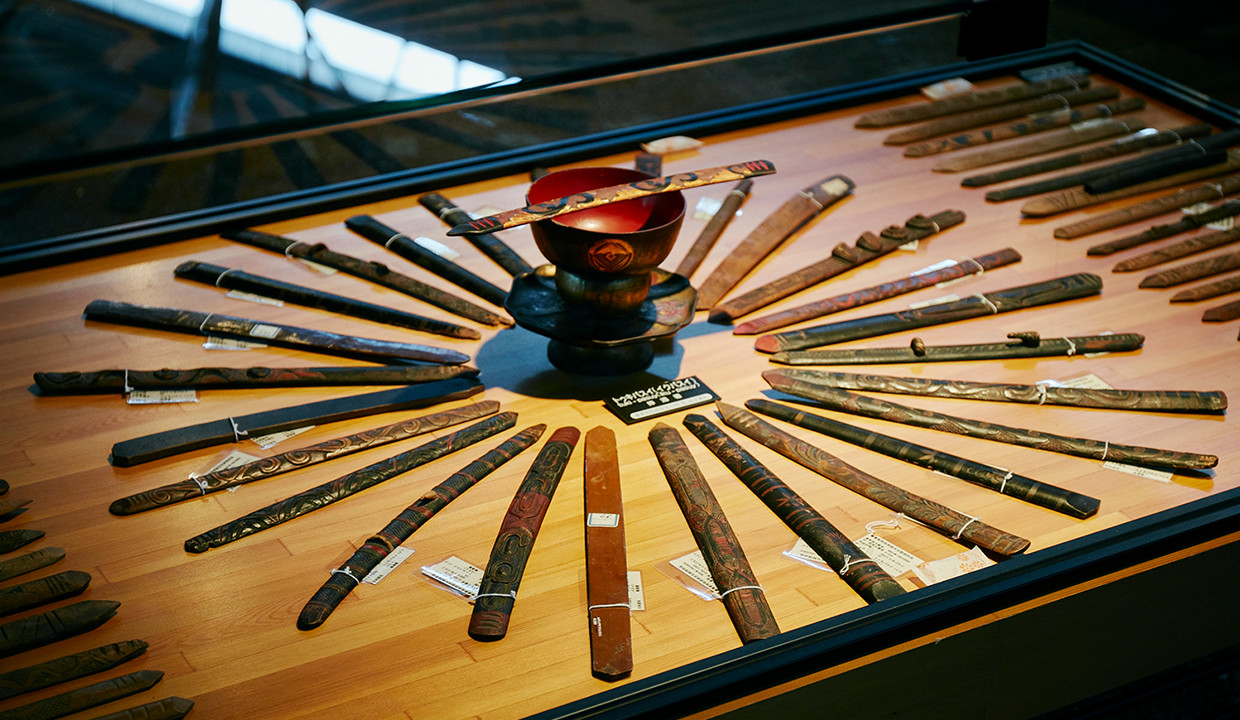






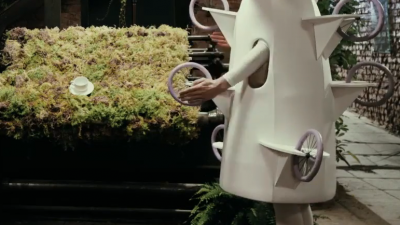



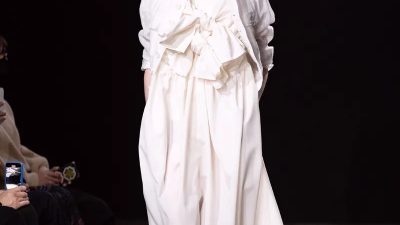

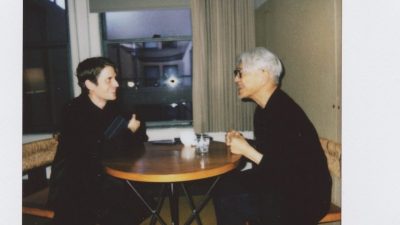



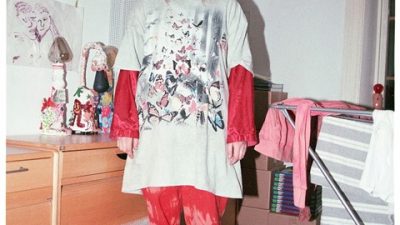





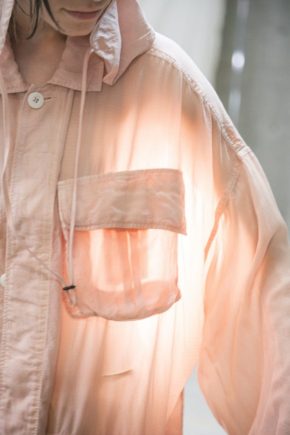
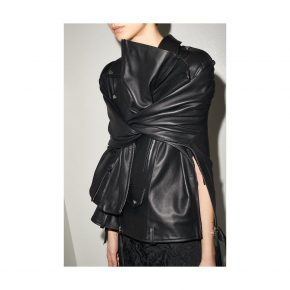

Comments